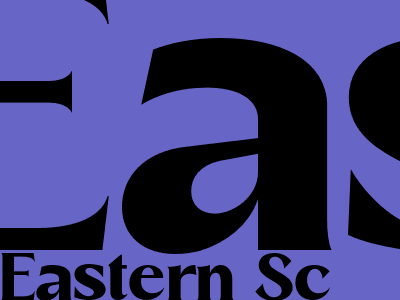Google SEO: A Comprehensive Guide
Introduction
Search engine optimization (SEO) is the process of optimizing a website or web page to improve its visibility and ranking in search engine results pages (SERPs). When users search for specific keywords or phrases, search engines like Google use algorithms to determine which websites and pages are most relevant and provide the most valuable information to users.
By optimizing your website for SEO, you can increase your chances of appearing higher in search results, attracting more organic traffic to your site, and ultimately driving more conversions, sales, or other desired actions.
On-Page SEO Techniques
On-page SEO refers to the optimization of elements within your website that you have direct control over. These include:
- Content quality and relevance: Create high-quality, informative, and engaging content that is relevant to your target audience and provides value.
- Keyword optimization: Research and strategically use relevant keywords in your page titles, headings, meta descriptions, and body content.
- Page structure and navigation: Ensure your website has a clear and logical structure with easy-to-navigate menus and sub-pages.
- Image optimization: Use descriptive file names and alt tags for images to help search engines understand their content.
- Internal linking: Link to relevant pages within your website to help users and search engines discover your content.
Off-Page SEO Techniques
Off-page SEO refers to factors outside of your website that can influence your search engine rankings. These include:
- Backlinks: Acquire backlinks from reputable websites to demonstrate the authority and credibility of your website.
- Social media engagement: Promote your content on social media platforms to increase its visibility and reach.
- Local SEO: Optimize your website for local search results if your business operates in a specific geographic area.
- Citation building: Create listings for your business in online directories and citation websites to improve your local visibility.
- Influencer marketing: Partner with influential individuals in your industry to promote your products or services and reach a wider audience.
Technical SEO Considerations
Technical SEO involves optimizing the technical aspects of your website to ensure it is accessible to search engines and users. This includes:
- Mobile optimization: Make sure your website is responsive and mobile-friendly for optimal user experience.
- Page speed: Ensure your website loads quickly and efficiently to avoid high bounce rates.
- Website security: Implement an SSL certificate to protect your website and user data, and ensure it is free from malware or security vulnerabilities.
- Sitemap creation: Create an XML sitemap that lists all the pages on your website to help search engines index your content.
- Log file analysis: Regularly monitor your website's log files to identify any potential issues or opportunities for optimization.
Monitoring and Analytics
To track the effectiveness of your SEO efforts, it is crucial to monitor your website's performance and analyze data from tools like Google Search Console and Google Analytics. This data can provide insights into:
- Organic search traffic
- Keyword rankings
- User behavior
- Conversion rates
By regularly monitoring and analyzing this data, you can identify areas for improvement and make data-driven decisions to optimize your SEO strategy.
Conclusion
SEO is an ongoing and iterative process that requires consistent effort and a deep understanding of search engine algorithms. By implementing the strategies outlined in this guide, you can improve your website's visibility, attract more organic traffic, and achieve your desired business outcomes. Remember to stay informed about the latest updates in SEO practices and tailor your strategy to the specific needs of your website and target audience.

Comments